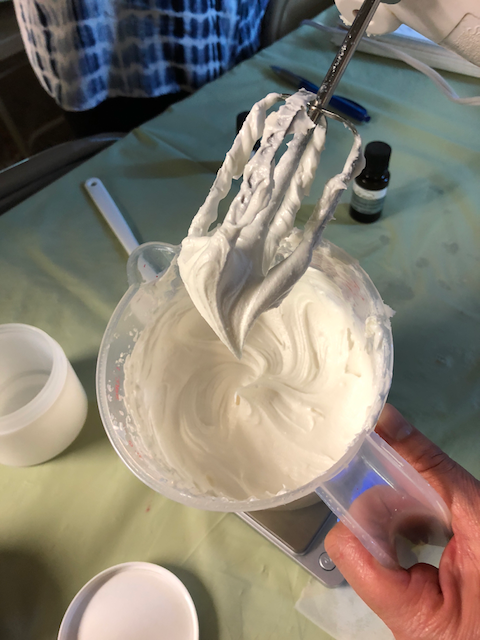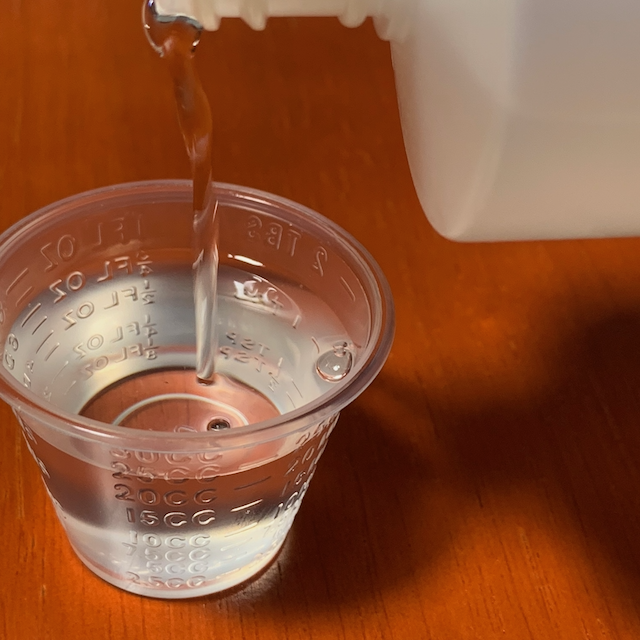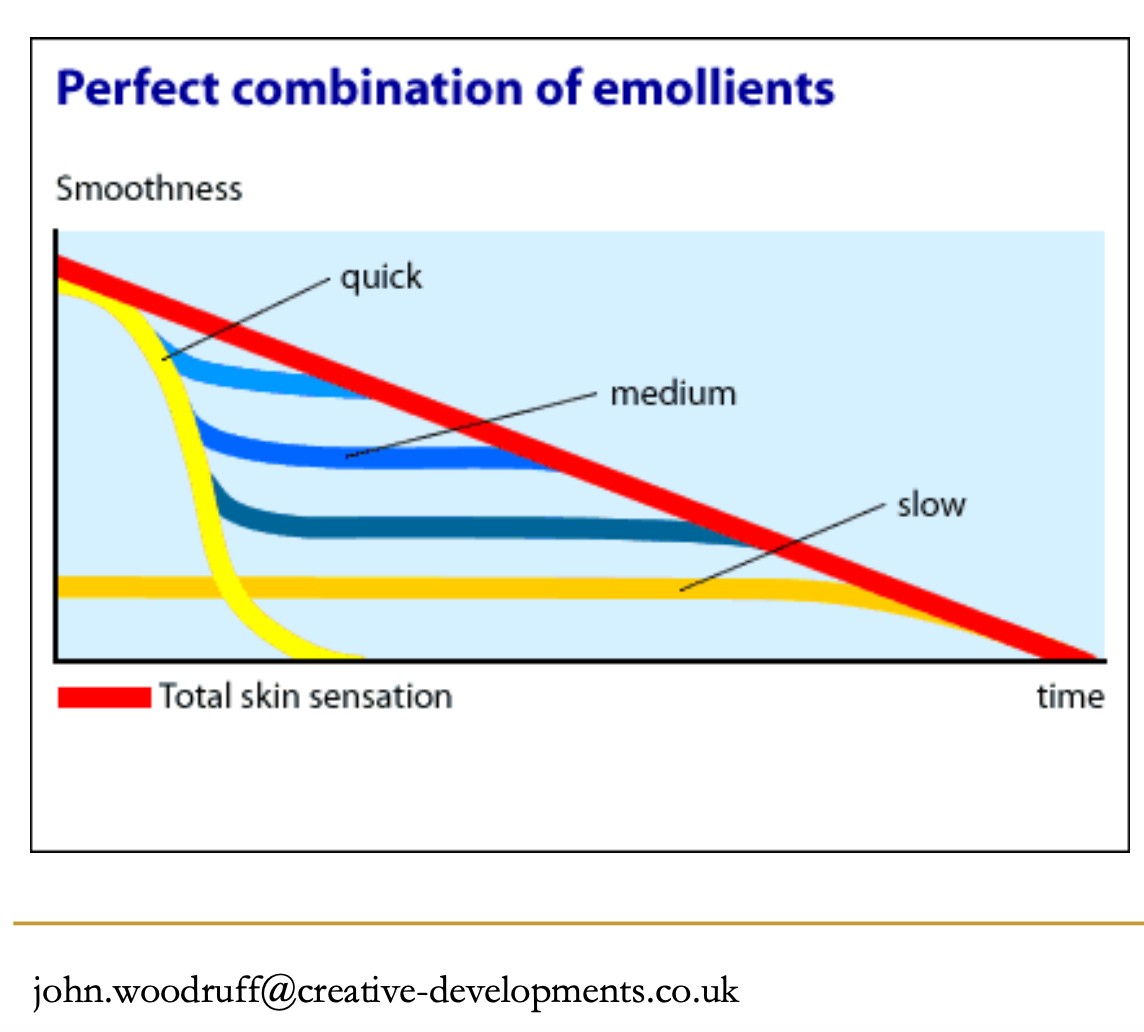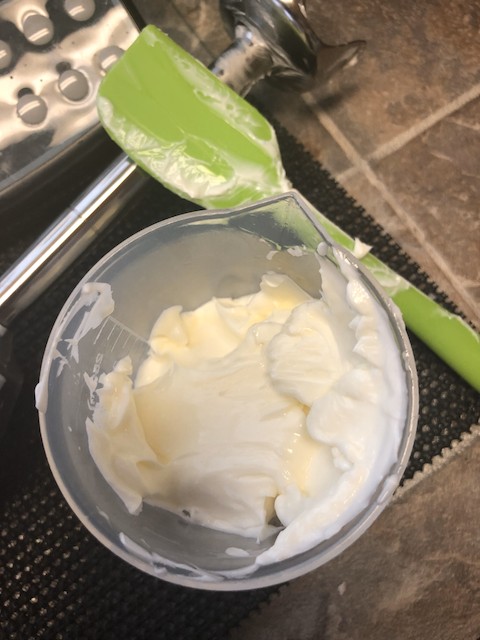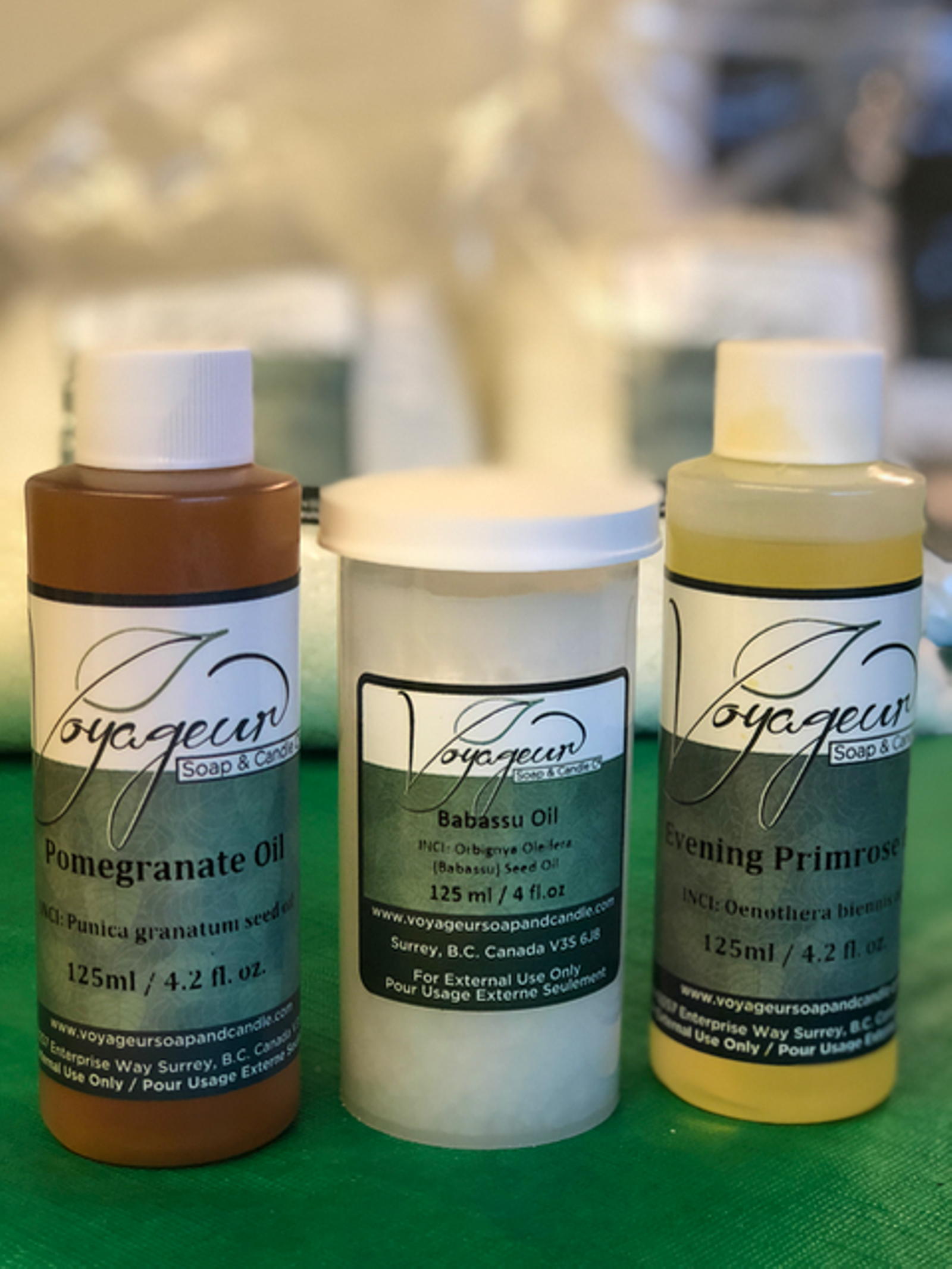Creating formulas with isopropyl myristate (IPM): Anhydrous whipped body butters with shea
Over the last few days, we’ve learned that the isopropyl esters are light, fast spreading, non-greasy, and silky, and they can be used with emulsified or anhydrous (without water) products. One of the easiest ways to see how isopropyl myristate (IPM) feels on your skin is to make a simple anhydrous formula and substitute it...

